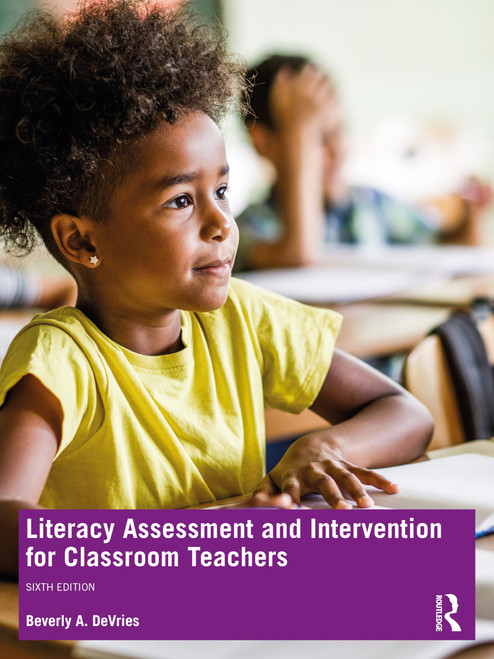Next STEPS is everything educators want:
- designed for use with response to interventiongives explicit instructions on designing Tier II and Tier III small-group instruction and monitoring student progress
- extensively field tested during the nationwide trainings the authors have conducted
- organized by the big five ideas identified by the National Reading Panel: phonemic awareness, alphabetic principle, vocabulary, fluency, and comprehension
- packed with practice activities directly linked to each big idea
- shows teachers how to integrate all five big ideas during instruction, so lessons are well-rounded and comprehensive
- based on the latest, most reliable research and best practices
- shows educators both how to teach and what to teach to make students better readers
All of the suggested interventions are quick and creative, get real results with minimal planning, use materials most teachers already have, and effectively target the specific trouble spots that literacy assessments have identified. And with the classroom vignettes and sample teacher-student dialogues, educators will have adaptable models for their own classroom interactions.
A must for every education professional who wants to do more with the valuable information they get from literacy assessments, this guidebook takes the guesswork out of intervention and helps transform struggling students into skillful readers.












